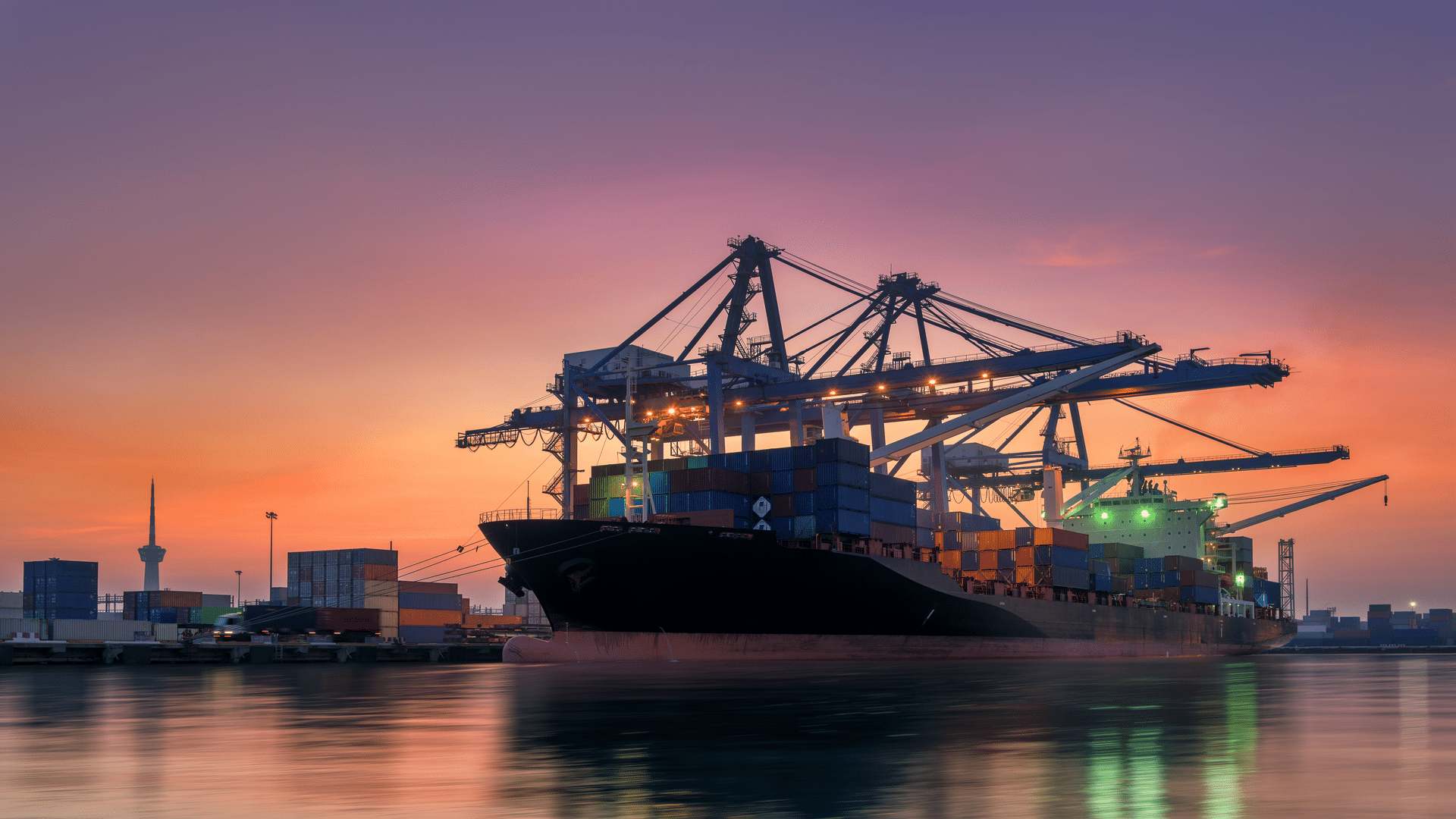Tackling Port Pollution: A Call to Action
OPINION: It's Time to Solve Port Pollution

The marine industry is undergoing a significant energy transition. While much of the focus has been on reducing greenhouse gas emissions, there is another pressing issue that demands attention: local emissions from ships. Dr. Andreas Bodén, CTO of PowerCell Group, emphasizes the importance of addressing emissions of sulphur oxides (SOx), nitrogen oxides (NOx), and particulate matter (PM). These pollutants pose serious health risks to communities living and working near ports. As the industry evolves, it is crucial to find effective solutions to mitigate these harmful emissions.
The Current State of Port Emissions
Many ships still rely on diesel-fueled auxiliary engines while docked at ports. These engines have been a reliable source of energy for decades, but they contribute significantly to local air pollution. The emissions from these engines include NOx, SOx, and PM, which are particularly concerning in densely populated areas. The situation is not new, but recent regulatory efforts have intensified to combat this issue.
For instance, the California Air Resources Board (CARB) has expanded its Emission Control Requirements to include more vessel types and terminals. This initiative aims to improve air quality for the approximately 18.5 million residents in the Greater Los Angeles Area, which includes the busy ports of Los Angeles and Long Beach. Starting January 1, 2023, these regulations apply to container, reefer, and cruise ships. By January 1, 2025, Roll-on-roll-off vessels will also be included, with further expansions planned for tankers by 2027. Such measures reflect a growing recognition of the need to address local emissions in ports.
Wartsila power plant will provide critical grid balancing as UK expands its renewable energy supply
Similarly, the European Union’s FuelEU Maritime regulations aim to tackle local emissions. By 2030, container and passenger ships over 5,000 gross tonnes must use onshore power supply (OPS) while moored in major EU ports. These regulations highlight the urgent need for the marine industry to adopt cleaner energy solutions.
The Challenges of Implementing Clean Energy Solutions
While regulations are a step in the right direction, implementing clean energy solutions in ports is fraught with challenges. One potential solution is “cold ironing,” where ships plug into an onshore power connection. However, many ports lack the necessary grid power infrastructure to support multiple vessels simultaneously. This limitation can lead to power shortages, making it difficult for ships to connect to shore power.
Upgrading the grid infrastructure is not a feasible option in many cases. Expanding grid capacity can be costly and time-consuming, requiring coordination among various stakeholders with differing interests. Moreover, simply increasing grid connections may not solve the problem, as many grids still rely on fossil fuels, effectively shifting emissions rather than eliminating them.
Despite these challenges, there are promising technologies available today that can help reduce local emissions. Alternative fuels like methanol and liquefied natural gas (LNG) can lower emissions from a ship’s primary engine. However, the auxiliary engines and diesel generators onboard still pose a challenge. This is where fuel cells can play a crucial role. Containerized fuel cells can provide an independent, clean energy source, either for onshore power connections or to replace diesel generators in ports.
Fuel cells can also be utilized directly on ships to power auxiliary engines, eliminating emissions while berthed and during maneuvering. Additionally, they are suitable for smaller vessels operating in ports, such as tugs and towboats. Some ports are even using fuel cells to power direct air capture barges, which help eliminate emissions from vessels. The versatility of fuel cells presents a significant opportunity to align port energy infrastructure both on land and at sea.
